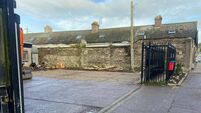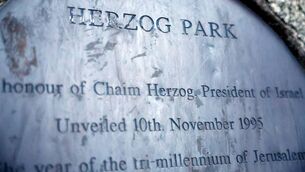ESB inefficiency - Government must act on energy waste
With the state-owned ESB one of the worst offenders, what will gall people is that they are paying through the nose for ESB electricity supplies for cooking, lighting and, in many cases, home heating. Ironically, just when the Government is urging homeowners to save energy by improving the level of insulation in houses, a revealing report puts the spotlight on poor levels of insulation or inefficient energy use in public buildings, resulting in higher fuel bills that are ultimately being met by the taxpayer.
While the age of some buildings may be a factor, this debacle is further evidence, if it were needed, of the lack of accountability in the public service. Astonishingly, around half the 3,000 buildings examined by experts have not yet been graded under a law introduced more than a year ago requiring them to display such ratings publicly on a certificate in their premises. In public relations terms, the revelations in today’s front-page story amount to an own goal by the ESB, Ireland’s biggest energy producer, showing that eight of the company’s buildings received the lowest possible rating while two others scored very poorly in the study of energy efficiency of public buildings.













